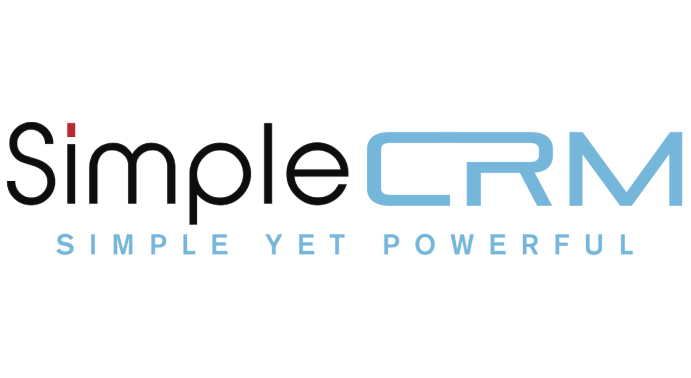In this blog, you will be getting an insight into the predictive analysis in the banking sector using SimpleCRM. Though there are many sources for transactional details and customer profile data, the banking industry has more scope for the application of predictive analytics. There’s no better example of applied predictive analytics in banking than SimpleCRM’s Business Process Management (BPM) and CRM (Customer Relationship Management) solutions for the financial services sector. Most of the global banks use SimpleCRM technology as it is unique and very easy to implement. The predictive analysis operations are another key differentiator in the banking process.
Predictive Analytics in Banking using SimpleCRM
SimpleCRM is the leading provider of BPM and CRM systems that enable businesses to intelligently automate their back and front-office processes. The basic objective of the SimpleCRM BPM platform is to have a hub exclusive centralized decision making and housing two complementary components to the banking customers.
- A predictive analytics engine that ingests and analyzes diverse data types—including unstructured “big data”—to develop predictions about the likely behaviors of individual customers. In the case of predictive analytics in banking, this may mean projections about a particular customer’s receptiveness to different marketing offers, or about their propensity to repay an outstanding debt. For example, together with this predictive analysis, the engine also supports adaptive analysis whereby projections are continually updated and adjusted in response to a customer’s interactions with the business.
- There is a decision engine that is fully automated and it helps to configure business rules into analytics and contextual information for determining the next course of action at a given moment to make the customer interaction more feasible. The engine supports a range of Decisioning methods including declarative rules, decision trees, decision tables, and more.
The Decisioning engine determines the decision-making process and the point systems are shared in real-time mode using mediums like customer service desktops etc. with the help of a layer of web services. In this manner, predictive analytics are brought directly and immediately to bear on day-to-day bank operations.
Examples of Predictive Analytics in Banking
It is evident that predictive analysis can be operated effectively in the banking industry and it is proved by SimpleCRM’s Banking Operations Solutions. For example:
- SimpleCRM’s Next-Best-Action Marketing solution uses predictive analytics to determine the very best cross-sell, up-sell, or retention offer to deliver to a specific customer at a given point in time, through outbound or inbound channels.
- Predictive Analysis is used in SimpleCRM collections software and it helps in guiding the collections in a step-by-step manner through effective customer interactions, identifying the optimal treatment plan based on the customer’s past demographics and interests, their value to the business, and their responses during the course of the interaction.
How Does Predictive Analytics Work?
Predictive analytics is widely used today in many industries such as healthcare, life sciences, insurance, and finance. It returns the most value when the business strategy for its application is clearly identified. In practice, predictive analytics is most efficiently applied when integrated into business processes so that analytic insights and projections are used automatically by other systems such as a BPM system or CRM system.
Predictive analytics has a combined approach involving scientific methods and proven techniques such as the following:
- Data mining: Managing and analyzing large datasets, structured and unstructured, to identify patterns or relationships is the main function of data mining. Once identified, these patterns or relationships can be used to understand the behavior of the systems from which the data was collected.
- Modeling: In conjunction with data mining, statistical models can be built from collected data. Models are built based on the context of what needs to be predicted. Once built, new data can be input into the models to predict outcomes. For example, a sales organization can build a cross-selling model of existing customers to predict what other products they’d be most likely to buy from that company.
- Machine learning: Machine learning is very effective as it deploys iterative methods and techniques to recognize patterns in large datasets and build models. Applications like recommendation engines for online shopping incorporate machine learning into their software. These engines make product recommendations based on predictions made by past customer buying and browsing behavior.
SimpleCRM systems Uses Predictive Analytics to Increase Customer Value
The latest technology deployed in SimpleCRM’s Next-Best-Action has a lot of scope for predictive analytics and decision making in real-time mode and it facilitates the interactions that will add more value-based strategies to your customers and your organization. SimpleCRM incorporates this technology in its CRM products for industries such as insurance (predictive analytics for insurance) and finance (predictive analytics in banking).
Customer engagement must be personalized in both inbound and outbound channels. Next-Best-Action creates relevant interactions with each of your customers to maximize cross-sell, up-sell, deep-sell, and retention opportunities. A SimpleCRM system employs predictive and adaptive models to identify and understand the interests of the customer and has more access to templates on a marketing strategy which can be reused. This enables the organization to design interactions based on customer needs.


0 Comments